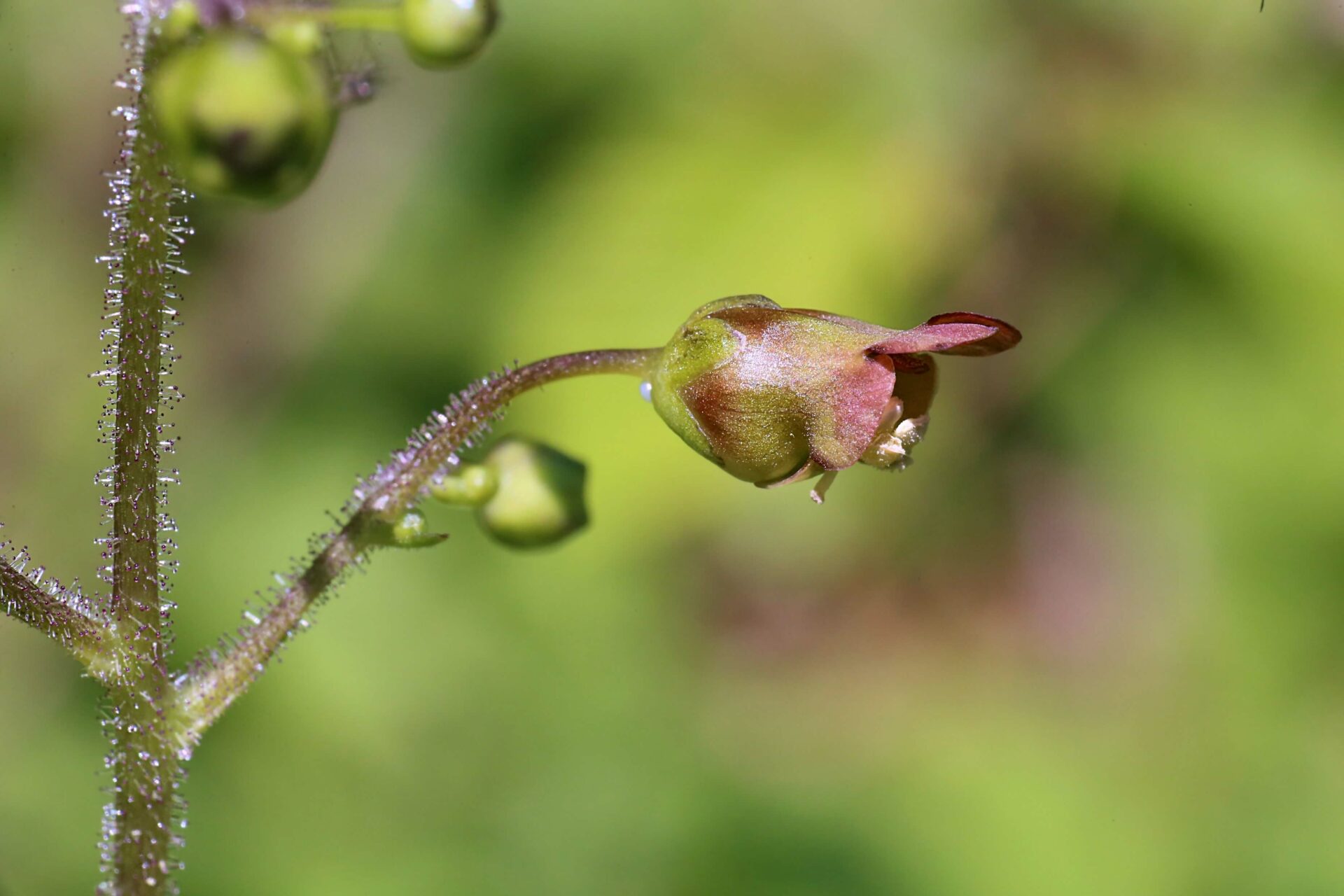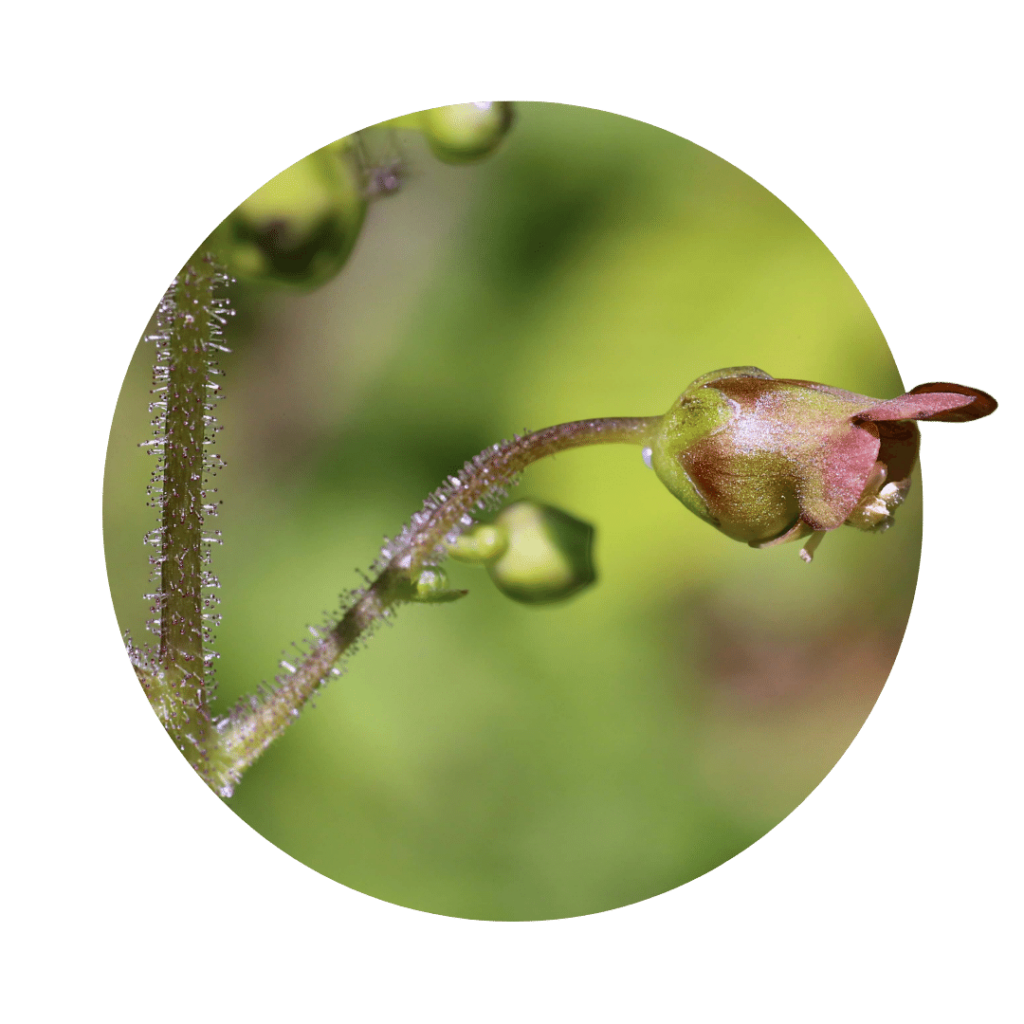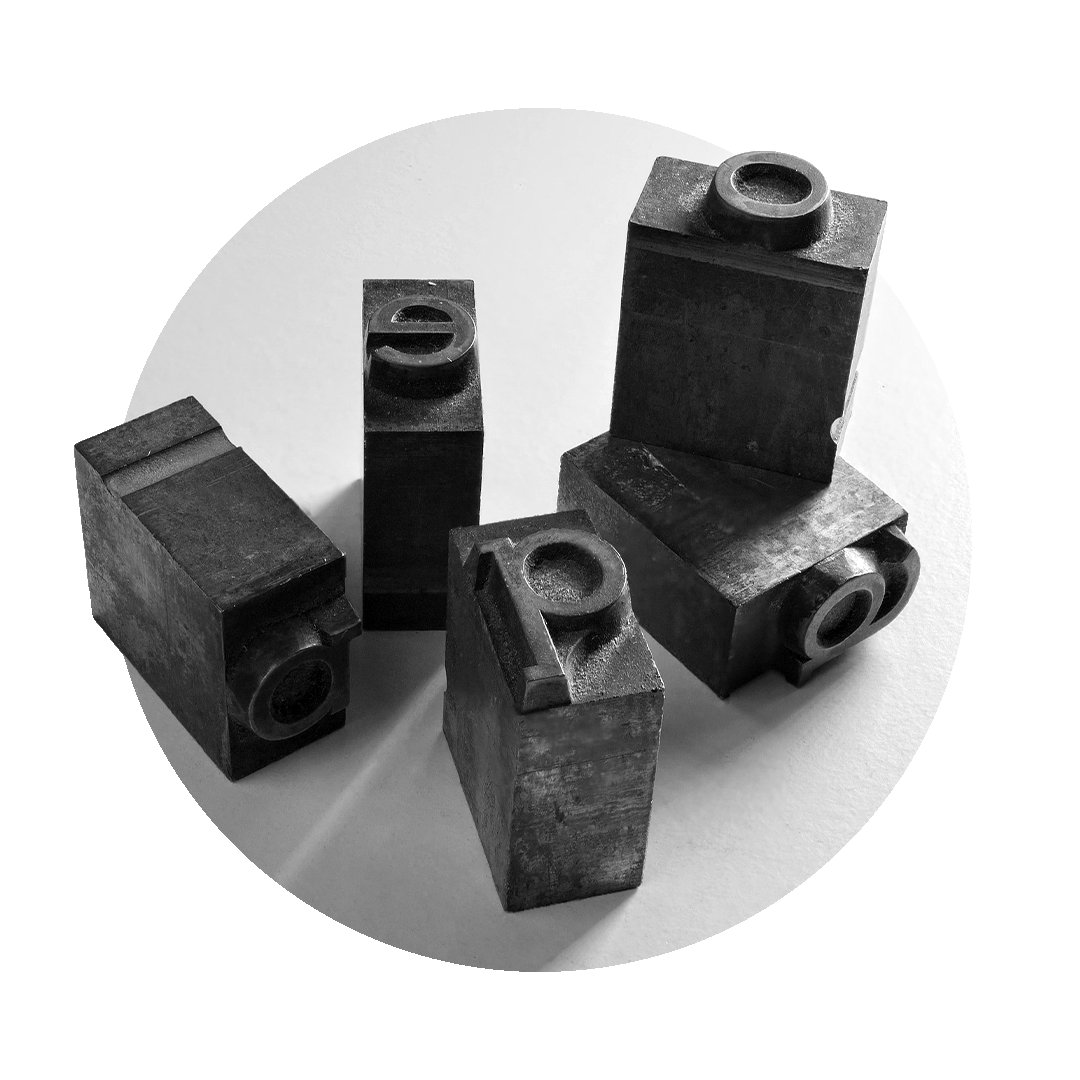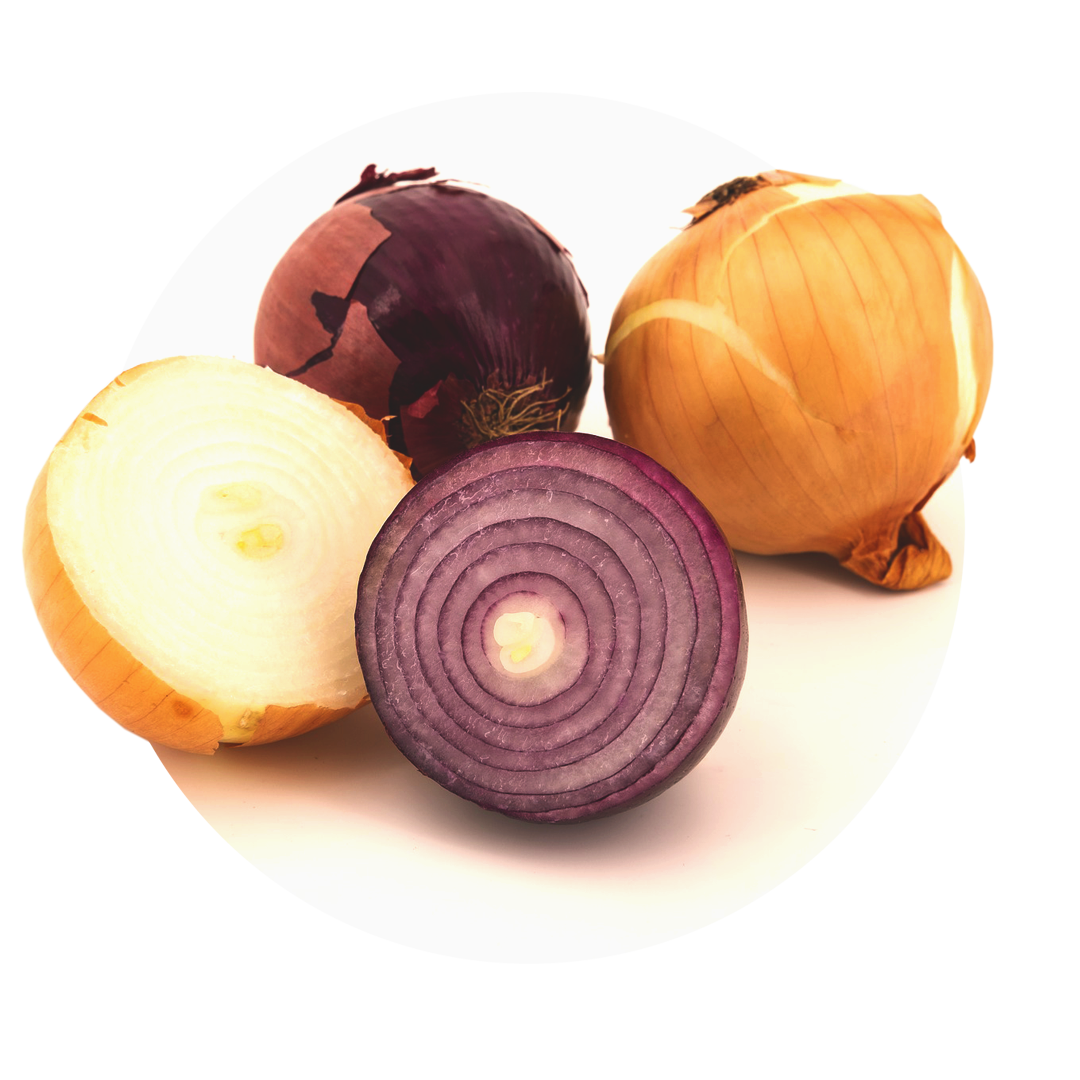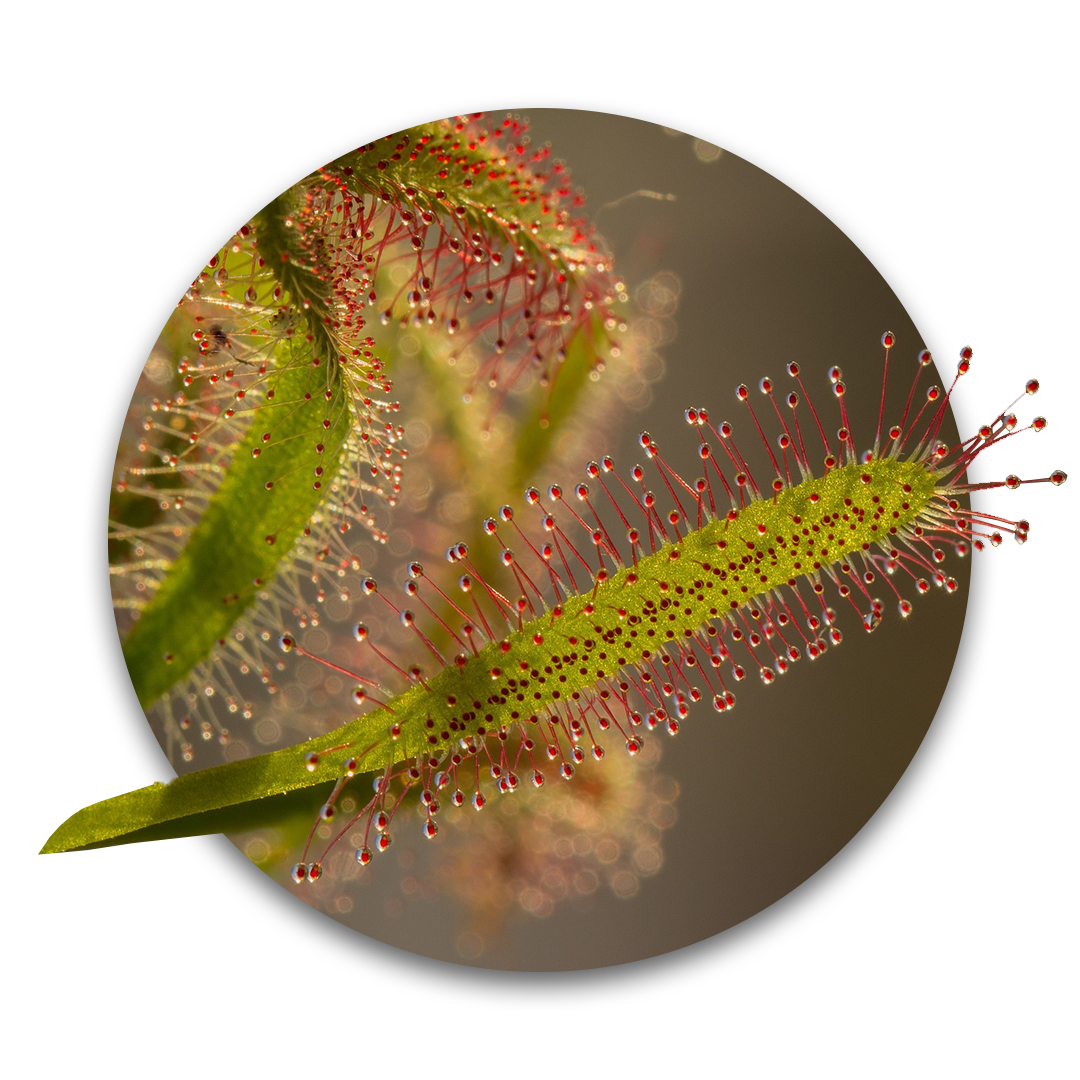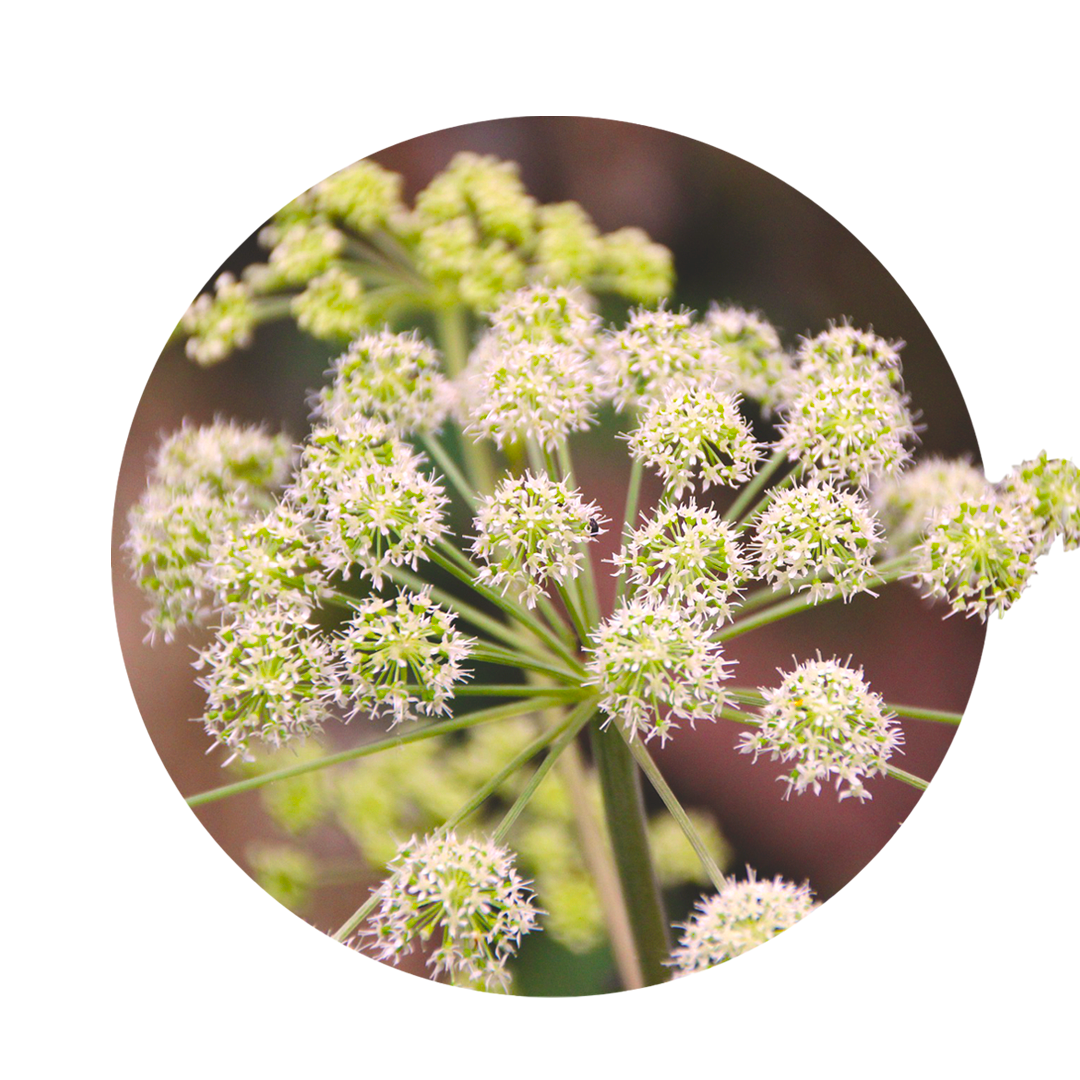Brown root: the master for treating the lymphatic system
Scrophularia nodosa is a small but very important remedy in phytotherapy. The name of the plant gives an important clue as to what it is used for. The naturopathic term scrophulosis is associated with the scrophularia or brown root family. This refers to diseases and susceptibilities of the lymphatic system. Scrophularia is a true master when it comes to treating and rehabilitating the lymphatic system!
Facts about Scrophularia
Did you know that...
Are there other scrophularia besides the nodular brownroot?
Scrophularia is also an important component of the major finished medicinal products on the market?
Was brownroot also used in the past to combat the effects of witchcraft?
What is witchweed?
Scrophularia nodosa belongs to the native brown-root family and stands out due to its thickened, knotty root. It likes to grow in damp places, on forest floors and near riverbanks. It grows to a height of 50 to 100 cm and forms an upright stem. Small, brownish, closely spaced flowers grow on the stem and are arranged in panicle-like thyrses.
General information and medicinal effects of brown salsify
Lymph-clearing
Scrophularia nodosa is lymph-cleansing. It stimulates the flow of lymph and ensures that the lymph cleanses itself of toxins. This improves the immune system's ability to defend itself.
Wound healing
Scrophularia nodosa heals wounds. By positively influencing the lymph, the body is better able to overcome infections and pathogens are rendered harmless more quickly. Wounds can therefore heal without complications.
Skin care
Scrophularia nodosa has a nourishing effect on the skin. Many skin rashes are caused by poor detoxification and excessive stress on the body. Brown root supports the body in detoxifying the lymph and removes harmful waste products so that the skin is relieved and the rashes subside.
Scrophularia nodosa: Ingredients
The nodular brown root contains various active ingredients. These include
Saponins
Digitalis glycosides
Alkaloids
Harpagoid
Witchweed: effects for body and mind
Knotroot is an excellent remedy for detoxifying and purifying the lymphatic system. Fungi, viruses, certain bacteria and vaccinations often leave traces in the lymphatic system, which can lead to an impairment of the immune system. Susceptibility to infections and lymph congestion are the result. Scrophularia nodosa helps the body to cleanse the lymph and eliminate the harmful factors. With its digitalis glycosides, it also stimulates cardiac activity, which leads to noticeably more strength and energy on a physical and mental level.
Properties of Scrophularia nodosa
- anti-inflammatory
- nurturing
- detoxifying
- wound healing
- lymph stimulating
- anti-infective
Fields of application in naturopathy:
Scrophularia nodosa is strongly associated with lymph and detoxification/cleansing. The following main indications are derived from this.
Witchweed for skin problems
Skin rashes are often caused by lymph congestion or chronic infections. Brown root helps to activate the lymph flow and cleanse the lymph. The body can then detoxify itself better via the lymph, so that the skin is relieved and the rashes subside.
Scrophularia nodosa for recurrent tonsillitis
Tonsillitis is a widespread problem. They often do not heal for a long time and recur repeatedly. The tonsils are part of the body's lymphatic defense system, and an overload of lymph can make the tonsils susceptible to reinfection. If the lymph is relieved by Scrophularia nodosa, the tonsillitis also heals permanently.
Scrophularia nodosa for lymph congestion
Lymph congestion can be the result of an overload of the lymph, but also of a latent cardiac load. As Scrophularia slightly supports both the lymph and the heart in its activity, the congested fluid can break down again by being absorbed and transported away by the lymph flow.
Scrophularia nodosa for chronic fatigue
Chronic fatigue can have many causes. One of them is an unhealed infection that puts a strain on the lymph. Many four-legged friends are prone to long-term problems in this way. When the lymph is cleansed with the help of brown root and the viral load is reduced, the tiredness also disappears as the body no longer has to deal with the chronic infection.
Scrophularia nodosa for susceptibility to infection
If you are chronically susceptible to infections, infectious diseases are a common occurrence. One cold has not yet been cured and you have already caught the next infection. The immune system is often weakened and the lymph needs support. Scrophularia nodosa helps the lymph to regenerate so that it can heal old infections and prevent new ones.
Notes on the use of brown root
Nodular brown root is contained in some lymph remedies. It is used in homeopathic dilutions or as a spagyric in the form of tablets, drops or triturations. Today, it is only used externally as a tea or decoction due to its low toxicity. Because of its strong relationship with the lymphatic system, it is also often contained in fatty ointments.
Scrophularia nodosa during pregnancy & breastfeeding
Due to their diuretic properties and their effect on the heart, it is generally not recommended to take them during pregnancy or while breastfeeding.
Discover our sprays
With natural methods such as the individual spagyric sprays from Zimply Natural, complaints can be treated and sustainably alleviated.
Harness the healing power of Scrophularia nodosa!
Use the healing power of witchweed and our other 100 Healingplants for the natural relief of your ailments. Improve your well-being and support your body, mind and soul! Use our configurator to create your own personal Spagyric spray that is tailored to your needs and accompanies you on your natural path to improving your body, mind and soul.

